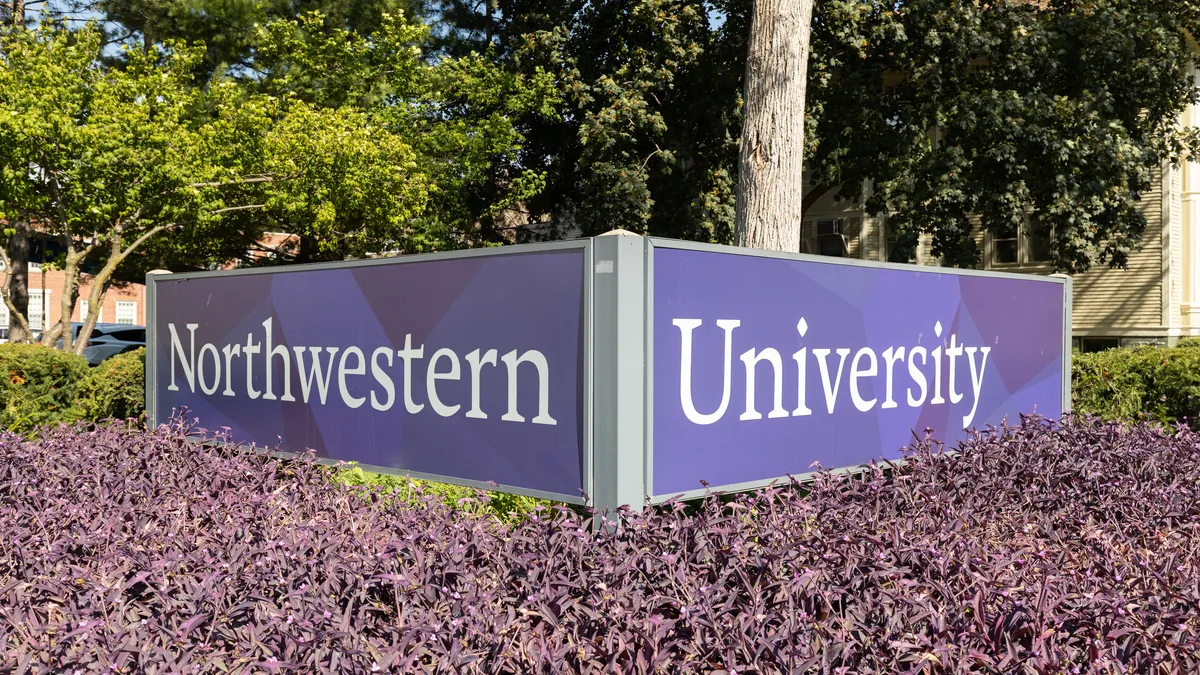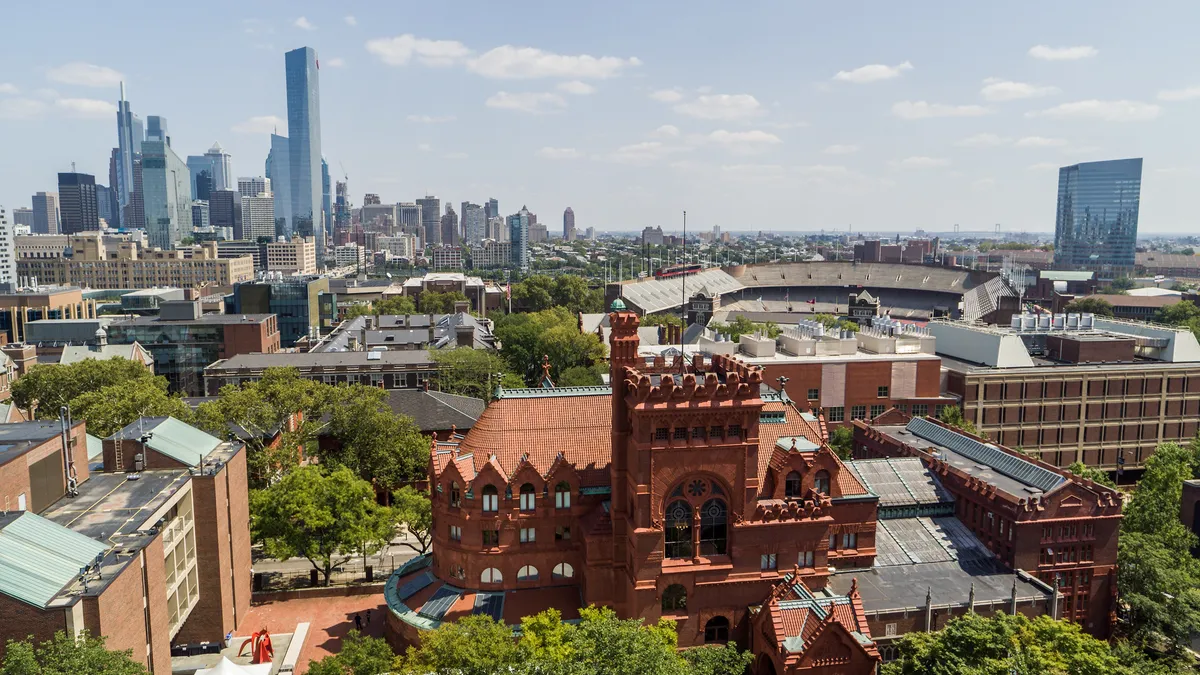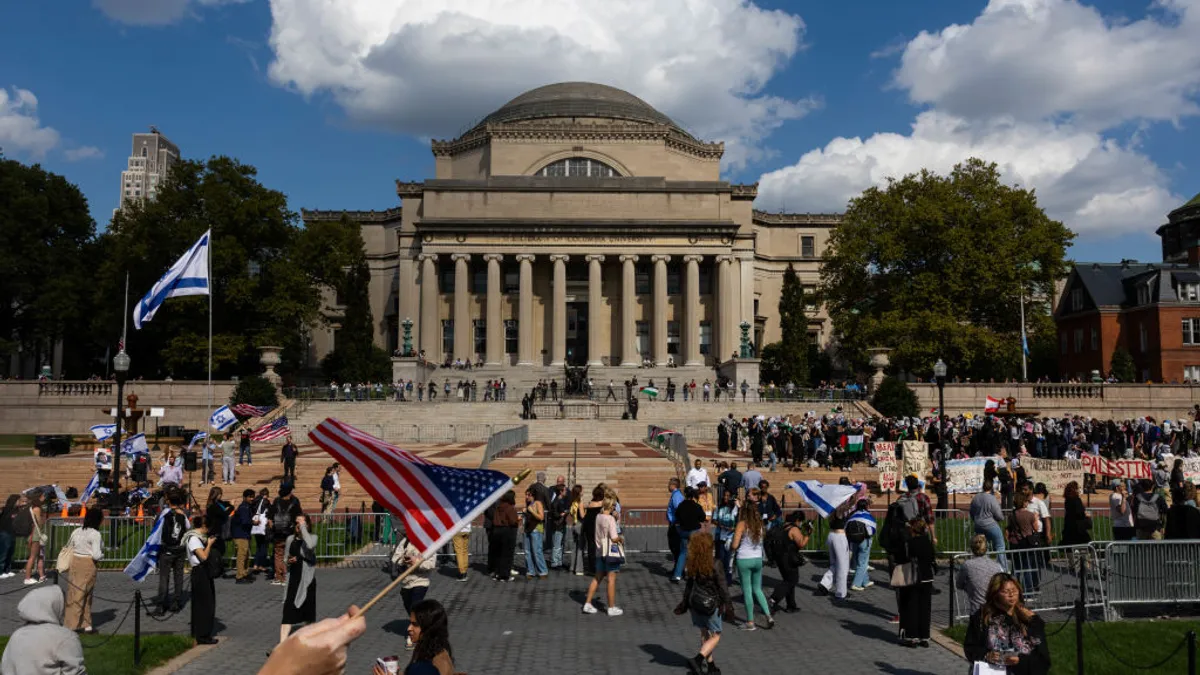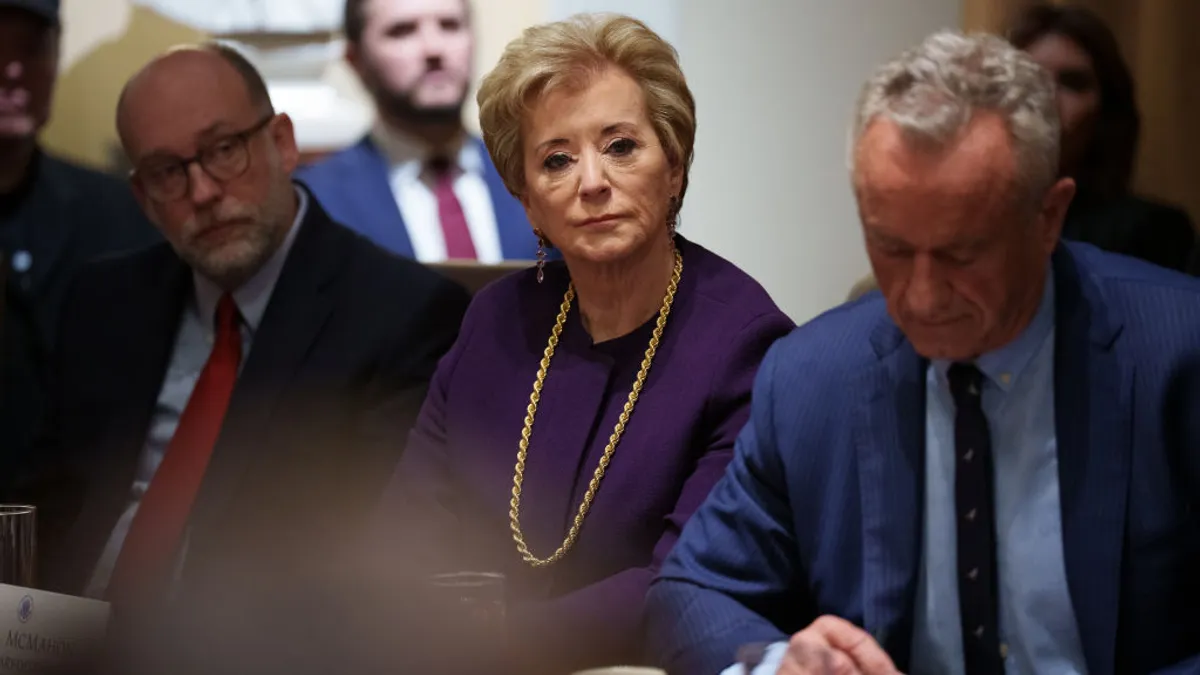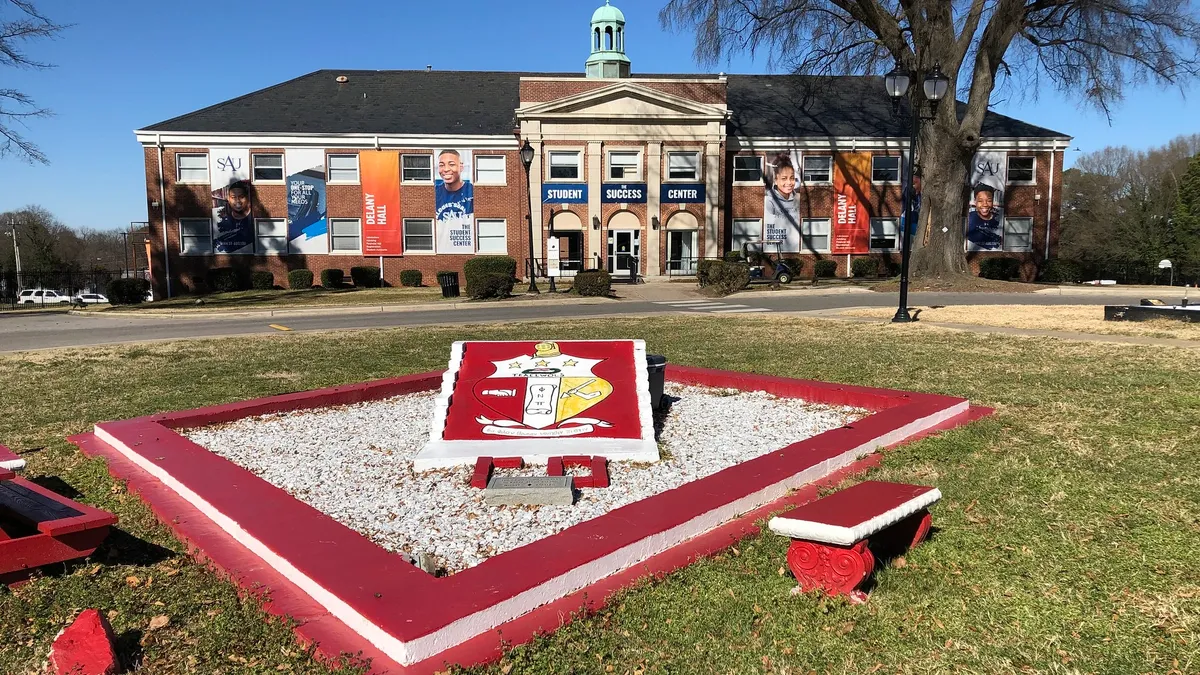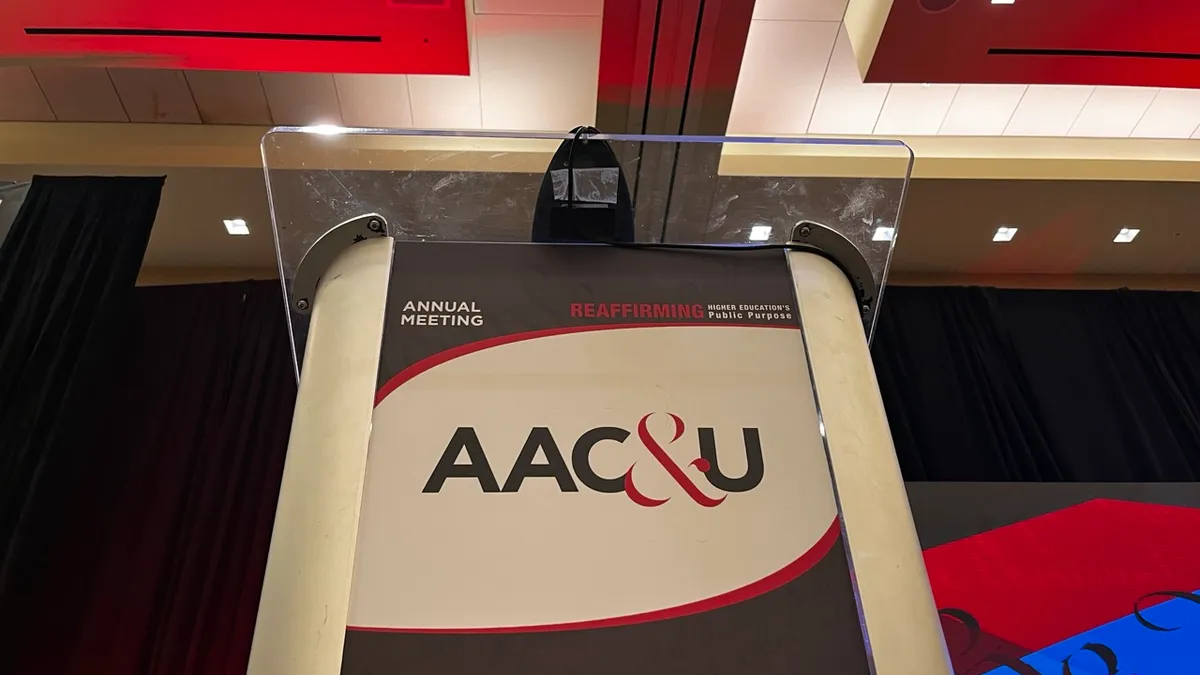H. Tuba Özkan-Haller is the associate vice president of research administration and development at Oregon State University, where she is also a professor in the College of Earth, Ocean, and Atmospheric Sciences. She is a Public Voices fellow with The OpEd Project.
As colleges and universities return to mostly in-person learning following a year of nationwide protests over racial injustice, students and faculty are right to expect campuses that are more equitable, embrace inclusivity and explicitly strive for justice.
However, diversifying the campus community and improving the campus experience of underrepresented people will take more than providing training to faculty and administrators. After all, many "diversity training" activities involve packaged and generic lists of best practices, do's-and-don'ts and clever acronyms to help participants memorize the rules.
There is mounting evidence that such regurgitative diversity training does not lead to institutional change, just like fad diets don't enable attaining and maintaining a healthy weight. Transforming institutions of higher education will require a deeper understanding and the willingness to enact a lifestyle change.
Students spend much of their campus time in classrooms and labs interacting with professors. For students from underrepresented and marginalized backgrounds, the experience is often problematic, in part because they are often being taught by faculty whose life experiences do not mirror their own.
As an immigrant woman faculty member with Middle Eastern roots who works in the geosciences — a field that severely lacks gender, racial and ethnic diversity — I bring a lived experience of the injustices that underrepresented individuals endure in higher education. And I can see that many of these injustices go unnoticed much of the time. As faculty, we need to further our understanding of these injustices so they are noticed first and corrected next.
A first step colleges and universities can take is to ensure that their faculty and administrators understand the historical, structural and systemic ways in which racism, sexism and other forms of discrimination manifest themselves in academia.
At Oregon State University, where I am a faculty member and administrator, diversity education comes in many forms, including opportunities to get started, go deeper and take true deep dives. These differing approaches allow the programs to meet individuals where they are and account for individual learning styles. For some, engaging in a structured learning experience with colleagues can lead to an 'Aha!' moment. Others will benefit from an immersive experiential learning experience. Some might find a solitary self-paced approach more effective. And others might learn best through a series of lectures or panel discussions.
Simultaneously, colleges and universities need to create a framework for faculty to examine the policies, practices, norms and assumptions that form the institutional structures that are preventing change within academia. At Oregon State, we are guided by a Diversity Strategic Plan and driven by the realization that leading change and dismantling systemic racism on our campus will require us to move forward together by having faculty, staff and students work together collaboratively and steadily. No policy or practice is innocent of racism and sexism, homophobia, transphobia or ableism until proven so, and all must be examined one by one using an equity and inclusivity lens.
Finally, colleges and universities must also provide faculty and administrators with the incentives, mandates, accountability and rewards to actively engage in the work of identifying injustices and remedying them by changing policies and practices. Without this crucial step, the efforts motivated by current events will fizzle out.
When all three approaches come together — education, a framework for action and accountability — colleges and universities can effect change. And there are many issues faculty and administrators can tackle: how we hire, why we fire, whom we invite, how we redesign our curriculum to integrate diverse and inclusive subject matter, how we assess our students and teachers, how we admit students and support the campus community, how we enable students, faculty and staff to be their whole selves, and even how we invest endowment funds.
Because all of these issues factor into the fabric of our culture, we need to redesign our higher education system from the ground up using an equity, inclusivity and social justice lens and do our work differently.
To be sure, bringing to campus canned online training modules might look enticing because they offer an economical way to take seemingly swift action. But as institutions studying how people learn, we know that one-size-fits-all approaches are not effective, and true learning occurs through the use of different pedagogies.
Furthermore, diversifying faculty ranks and improving the campus experience of underrepresented people will require current faculty to recognize and alter the institutional structures that marginalize these groups. Only then can colleges and universities start to see real change.








